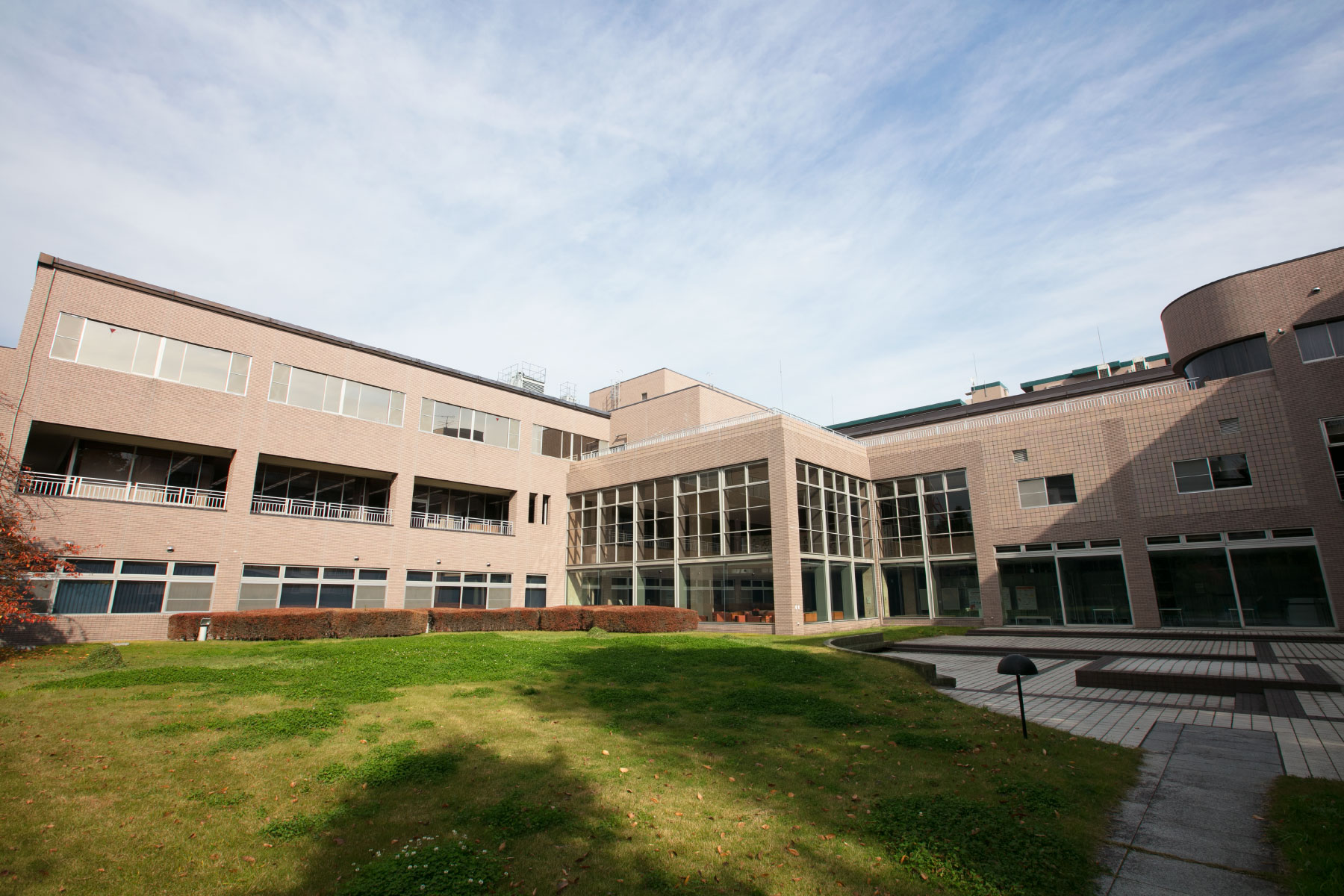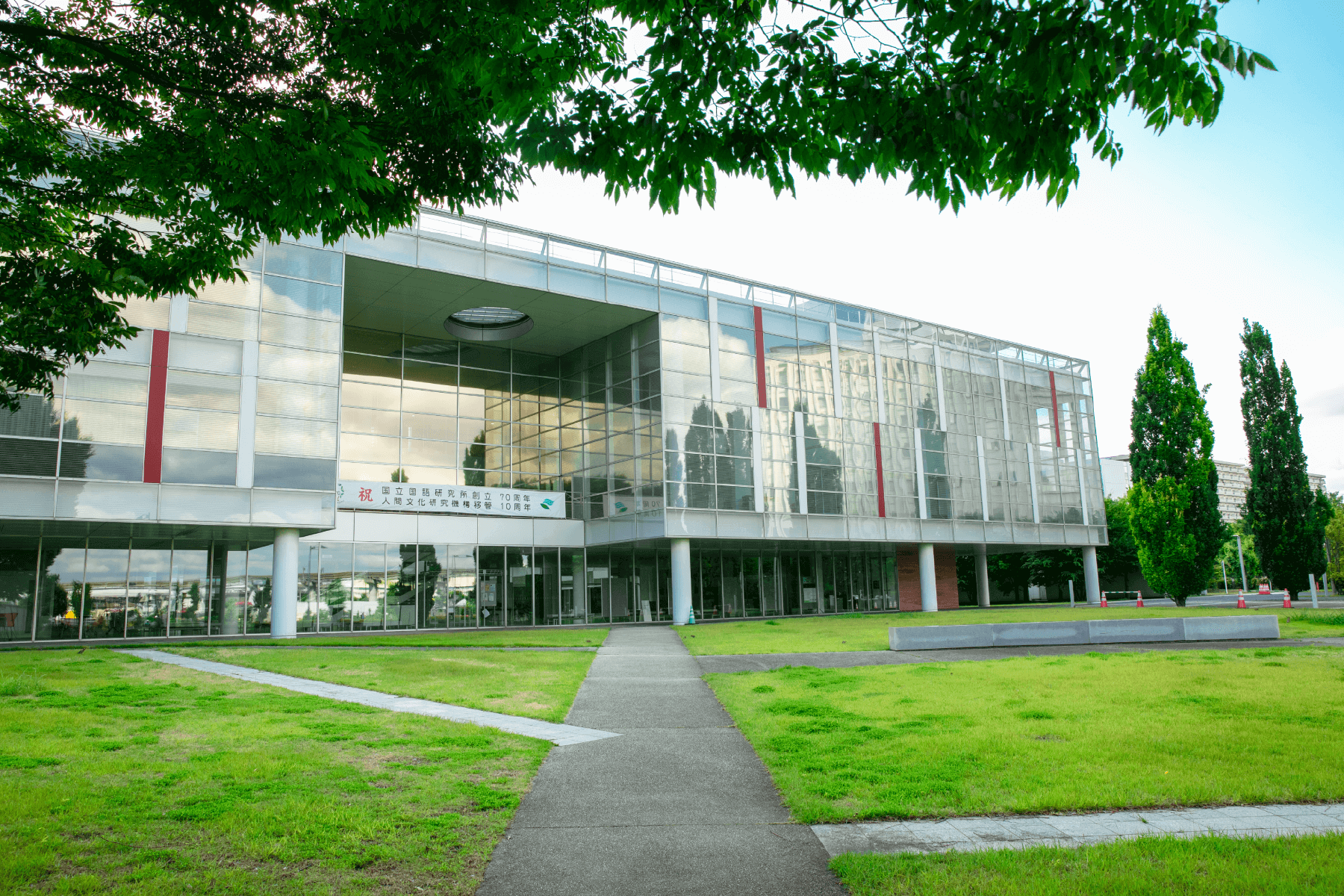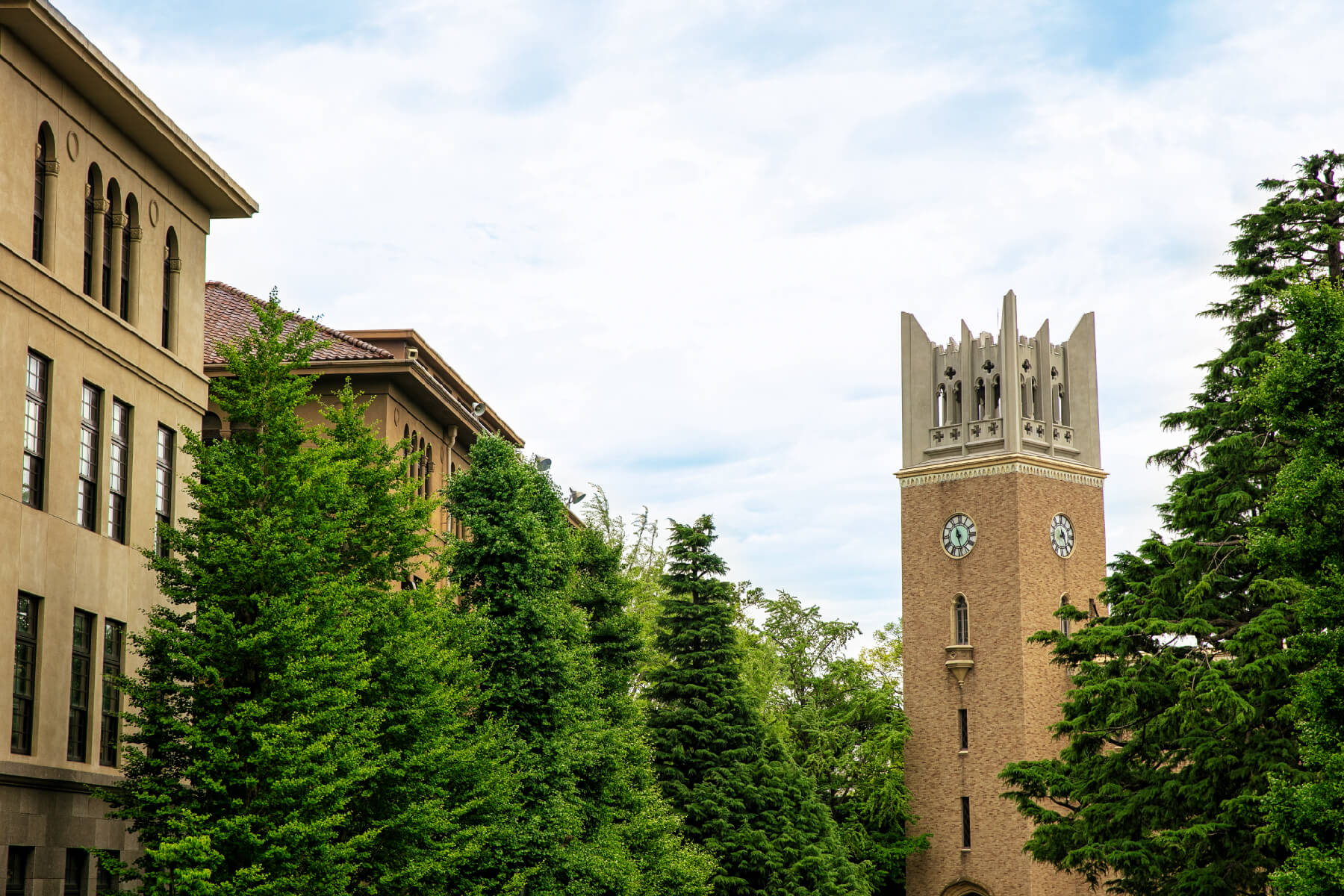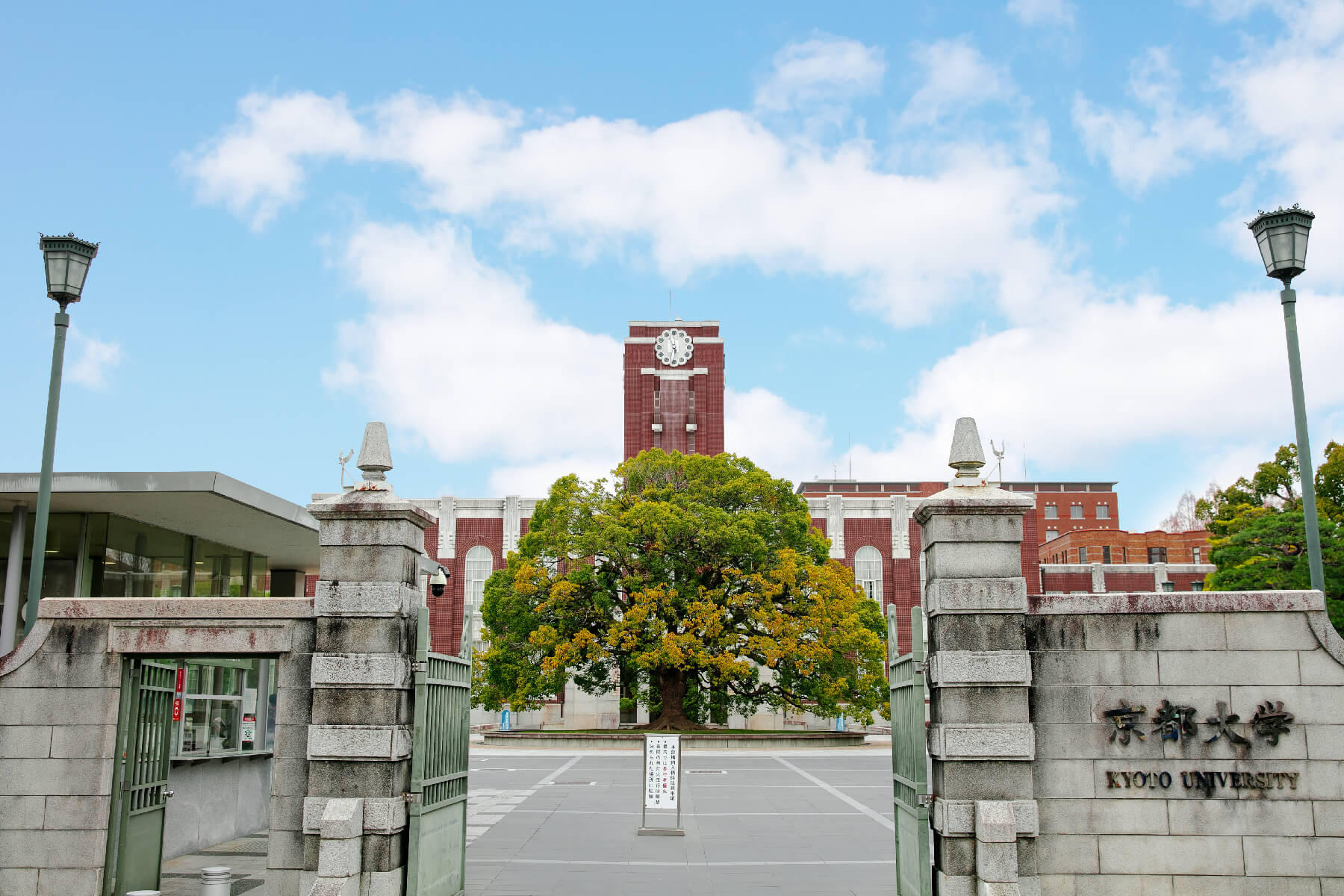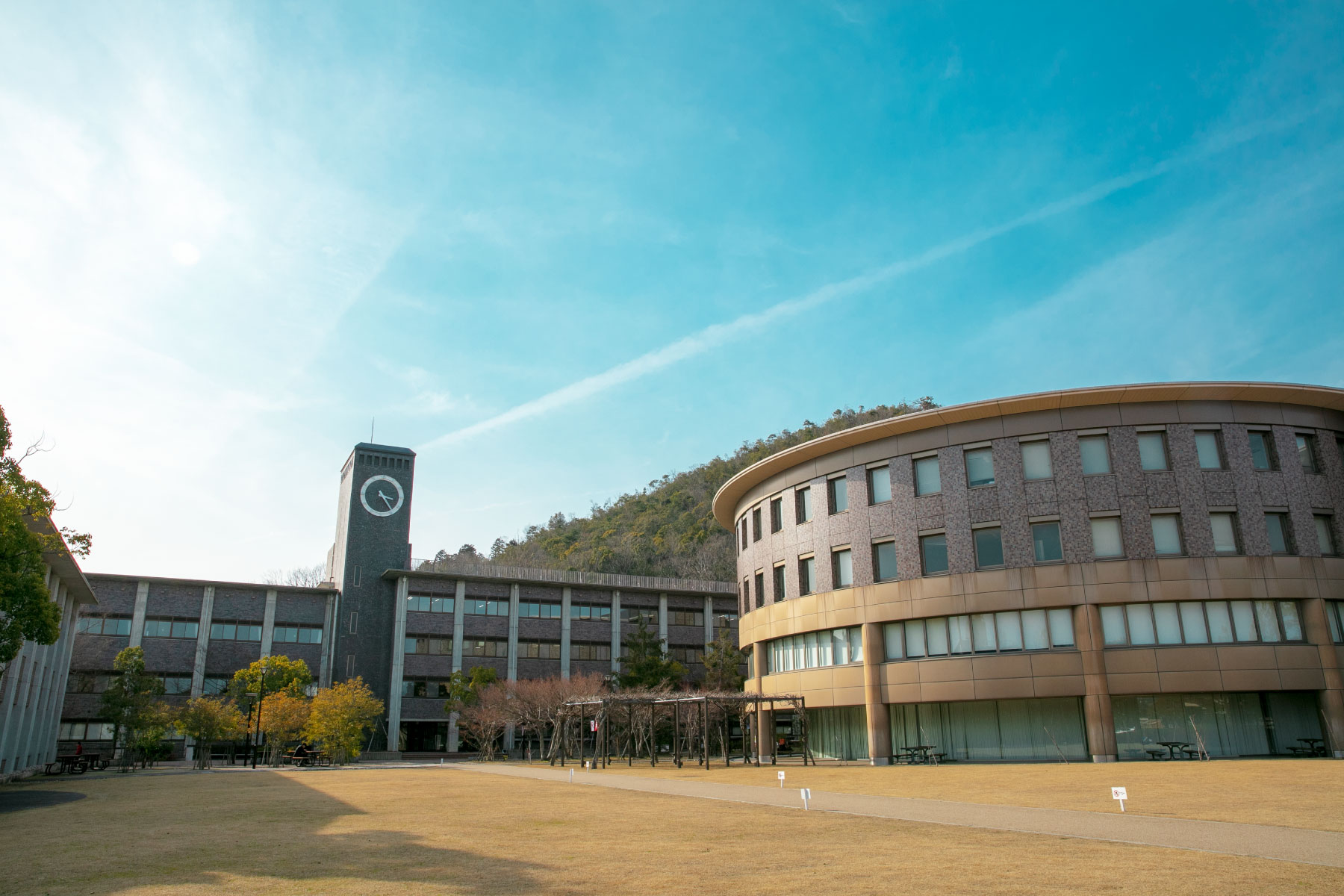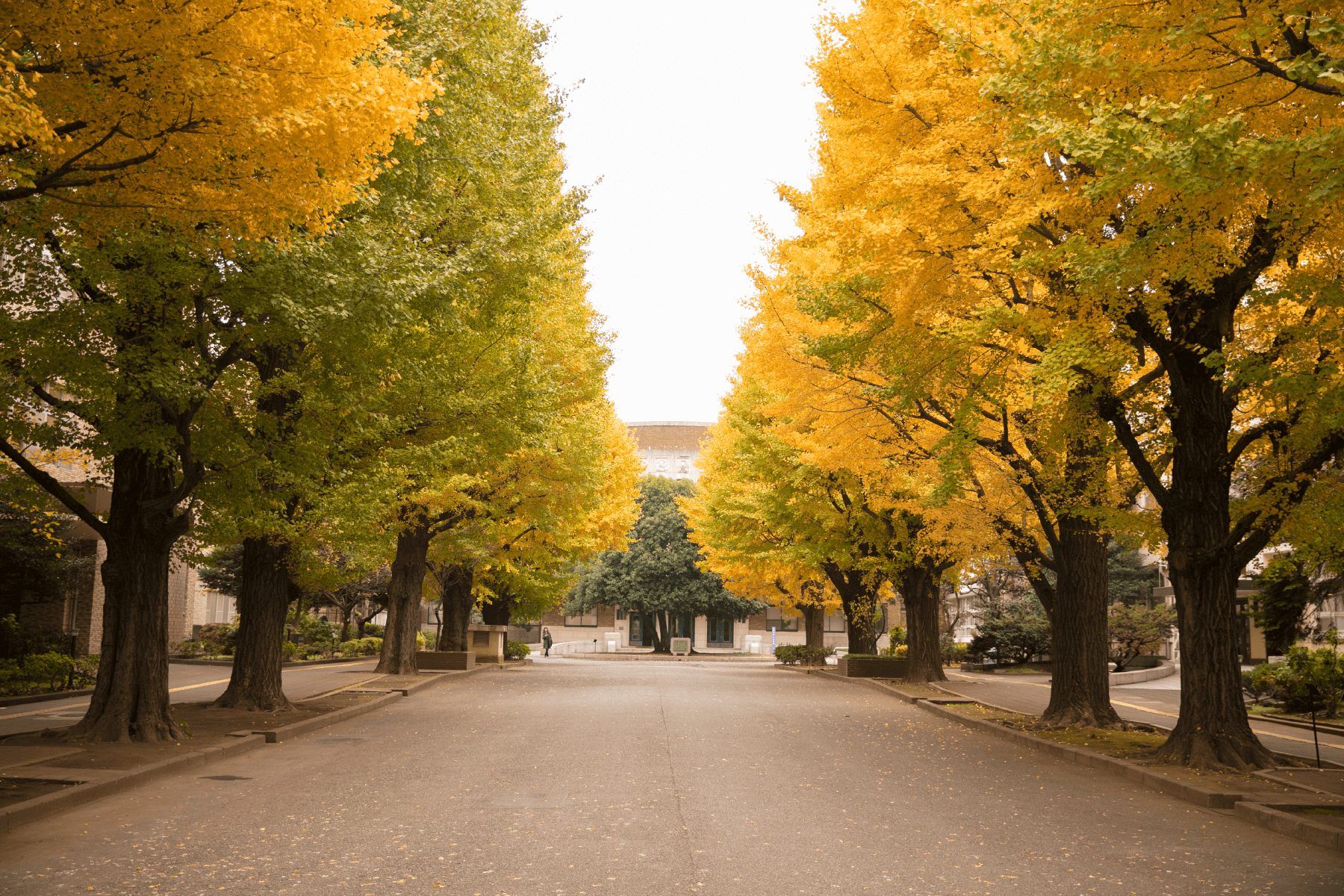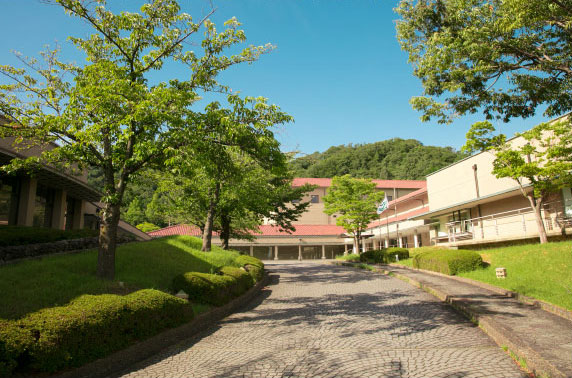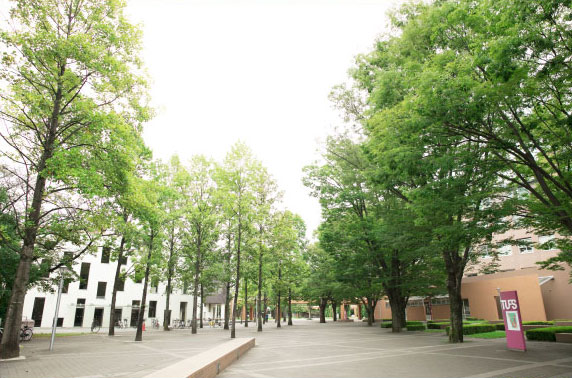
Supporting Japanese language education overseas through full-time instructors
The Japan Foundation is Japan’s only institution specializing in implementing integrated international cultural exchange projects. In order to deepen understanding between the people of Japan and other countries, it carries out projects in three fields: arts and cultural exchange, Japanese-language education overseas, and Japanese studies and intellectual exchange.
The Japanese-Language Institute at Urawa was established in 1989 as a core facility of the Japan Foundation’s Japanese-language education program for supporting Japanese education overseas. Every year it has brought in over 400 Japanese teachers from overseas and given them training on Japanese language instruction and pedagogy as well as Japanese culture.
“This year marks the 30th anniversary of our institute’s establishment. Over 10,000 foreign instructors have come from over 50 countries to attend our courses,” says Junji Takeda of the teacher training team. “Trainees range from young and inexperienced teachers to veteran instructors with an excellent command of Japanese, and the type of training varies for each of them.
“Furthermore, scholars receiving this fellowship can also be found at the graduate program conducted jointly with the National Graduate Institute for Policy Studies, where we are cultivating talented leaders who will further the cause of Japanese education overseas. To respond to the diverse needs, educational circumstances, and Japanese knowledge of the trainees, roughly 30 full-time teachers create teams within their specialized area and guide them.”
The Japanese-Language Institute’s full-time instructors form a professional body within Japanese language education. According to Fumie Yanashima, who manages the full-time instructors as a group, the combined “cooperative power” of the 30 full-time teachers is the greatest strength of the institute.
“The institute’s offices are not divided, and all full-time teachers have their desks on the same floor, so whenever an issue arises they can consult each other quickly and share their knowledge. For example, if someone returns from guidance saying that one of the students is unable to improve their pronunciation, other teachers may give advice on a training method or useful literature. Scholars receiving the fellowship or students in the graduate program choose their advising instructor depending on their field or research theme, but if anything comes up, the knowledge of 30 instructors can be pooled and used to guide one’s study,” says Yanashima.
In addition to the training program, another pillar of the Japanese-Language Institute at Urawa is the program for compiling and distributing Japanese textbooks and pedagogical methods. Many materials have already been developed and produced independently, so scholars specializing in research on pedagogical developments as well as language learners can expect useful support based on solid experience.

A comfortable research environment with excellent facilities
Among the facilities at Urawa is a specialized library containing Japanese teaching materials from various countries. There are over 43,000 items in the collection, including 15,000 materials related to Japanese language education. The library makes available Japanese teaching materials from roughly 70 countries, as well as materials on Japanese instruction, the Japanese language, linguistics, and foreign language education. Full-time librarians are able to suggest literature matching trainees’ research themes, as well as retrieve items from university libraries anywhere in the country.
“The library is also open to the public and researchers come from overseas to use it. Japanese language teachers who have completed their training also visit to use it again in various ways. But the library is often completely booked by fellowship recipients and trainee students in the mornings while trainees are taking classes! We often see students sorting through large piles of materials for their research,” says Yanashima. There is also a research room reserved for scholars participating in the fellowship as well as graduate students, and they might motivate each other as they continue their research.
The training at Urawa ranges from as little as 2 weeks to as long as 6 months, or up to 1 year for students receiving the fellowship or in the graduate program. The facilities try to make life easier in various ways for those not used to Japan. The dormitory complex contains 144 single rooms, each with a desk, bookshelf, closet, TV, refrigerator, bath unit, phone, Wi-Fi and air conditioning. Besides the laundry rooms, the facilities have a lounge and tennis court, as well as a tatami room which is used for demonstrations of arts such as calligraphy and tea ceremony.
“In particular, our cafeteria serves a variety of healthy, delicious food. Some people have dietary restrictions due to religion or personal preference, and so we provide halal and vegetarian menus,” says Takeda. The cafeteria serves breakfast, lunch, and dinner on weekdays, and there is a kitchen for cooking simple meals on weekends.
During a long stay, networks are formed between Japanese teachers and researchers in the field of Japanese language education.
“Over the 30 years since our founding, an increasing number of teachers have returned to their countries after our training, taught a new generation of students, and then some of those students have come to the institute for training. It is exciting to see our teachers and their students aim for higher understanding as Japanese instructors and then as researchers. As fellow teachers of Japanese, we give and receive advice to and from each other irrespective of age or generation,” says Yanashima.

The full-time instructors who answered our inquiries, including Fumie Yanashima (5th from right). Full-time instructors have their own specialities such as grammar research and oral research. As they develop their specialization, they actively discuss how to improve training, textbooks, and counseling, and work as a team.
A space for Japanese education enlivened by students
Finally, we asked managing instructor Yanashima what scholars receiving our fellowship might expect. “The most important thing for the training at our institute is to support autonomy,” she said. “The Japanese-Language Institute is intended to assist overseas Japanese education, but not to provide continuous support. Instead, we try to enable people to teach Japanese in their local areas by themselves. We expect scholars receiving the fellowship to become able to identify local issues themselves as leaders of Japanese education in their countries, to design their own research, and to convey it to fellow Japanese teachers in their areas.”
To that end, says Yanashima, trainees should consider the needs of each student in places of education in their country, identify their problems and needs, and try to get a better understanding of how their research will be helpful in the future.
“The teachers participating in the training and researchers receiving guidance are the best-known professionals in education in their countries. As instructors, we must provide guidance, but we are also peers of the students as Japanese teachers, and I think it is the students themselves who better understand the situation on the ground. Ideals are one thing, but there are things they will not be able to implement in their countries, and sometimes our advice may be wrong. Only the researchers themselves can judge that and consider what works best in their countries and how things should be arranged. As full-time instructors, we must always be willing to assist research. We welcome other ideas as equals.”



